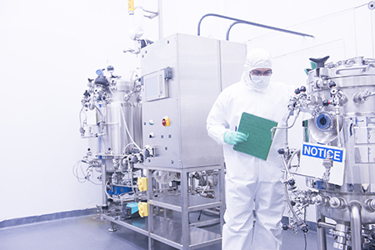Optimization Of Cell Culture Media Filtration In Bioprocessing
By David Heaney, Division Marketing Manager; Katy Angus, Research Project Manager; and Paul Hymus, Product Manager – Parker Bioscience Filtration

Cell culture media is a key component in upstream bioprocessing, vital to achieving a viable cell density and, ultimately, the desired product titer. Cell culture media can be complex, and its exact composition will differ based on the specific media/application, as media is supplied in different formats preparation steps also commonly vary. Filtration is typically used to sterilize cell culture media; however, if filtration processes are not optimized, several issues, such as contamination, can arise. This can result in costly delays and even batch losses. There are numerous options available when it comes to filtration technology, and the correct filtration system must be designed to meet the needs of different cell culture media processes.
The correct design of a filtration system is crucial for process optimization. When designing a filtration system, several characteristics, such as the required retention, the filter area (to ensure that the required throughput can be achieved), and the flow rates (to ensure that the process can be carried out within the available time) must be considered. Selecting the wrong filter for your process can lead to a wide range of costly issues.
There are numerous options available when it comes to filtration technology, and the correct filtration system must be designed to meet the needs of different cell culture media processes. In this paper we review the cell culture media filtration process, review case studies on the effective removal of mycoplasma contamination and improvements to throughput, and lastly provide filtration options for various applications.
Get unlimited access to:
Enter your credentials below to log in. Not yet a member of Bioprocess Online? Subscribe today.
